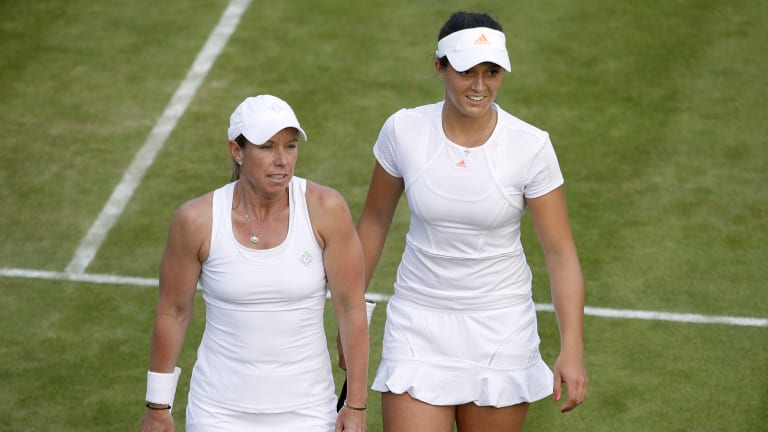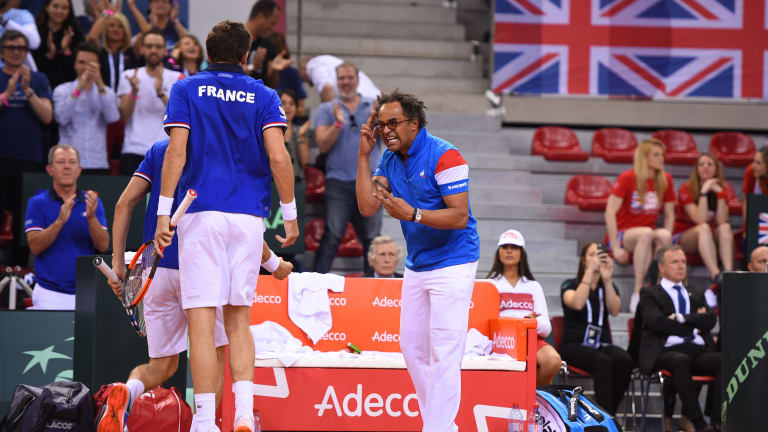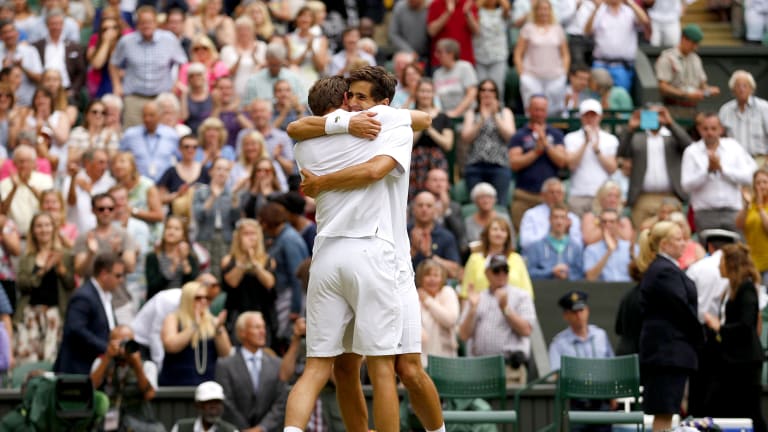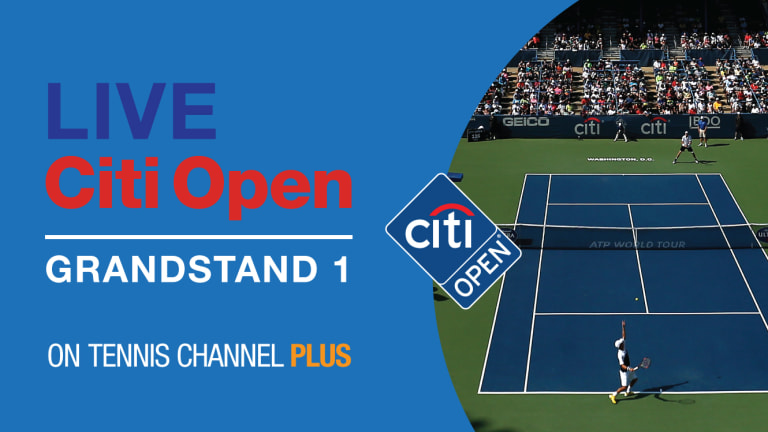Throughout her tennis career, long after her days at the University of Florida and sometimes an ocean away from her native United States, Lisa Raymond would occasionally hear a shout in the crowd that inspired a surge of pride: “Go Gators!”
“I’m forever a Florida Gator,” says the 11-time doubles Grand Slam champion, who helped her school win its first NCAA national team tennis championship, in 1992. “The six of us will always have that memory.”
Part of tennis’ appeal is metaphorical: You are alone on the court, forced to rely on your wits, will and guile to solve problems in real time. The compelling narratives and rivalries this construct creates—throughout matches, tournaments and careers—hammers home the dominant perception of tennis as an individual sport.
But it also disregards an aspect of the game that is present, if not prevalent, at all levels: tennis as a team sport. Doubles, itself a team endeavor, is the format of choice for a substantial percentage of recreational players. More than 330,000 adults participate in USTA leagues alone; college tennis, Davis Cup, Fed Cup, World TeamTennis and the Olympics draw hordes of players in or aspiring to reach the professional ranks.
And yet, singles and team tennis are often regarded as different pursuits, when in reality, team play offers a useful counterbalance to the less virtuous aspects of singles. Playing solo can be a lonely enterprise that breeds frustration, self-loathing, selfishness and burnout. For players at risk for those psychic pains, some time on a team may be just what the doctor ordered.



